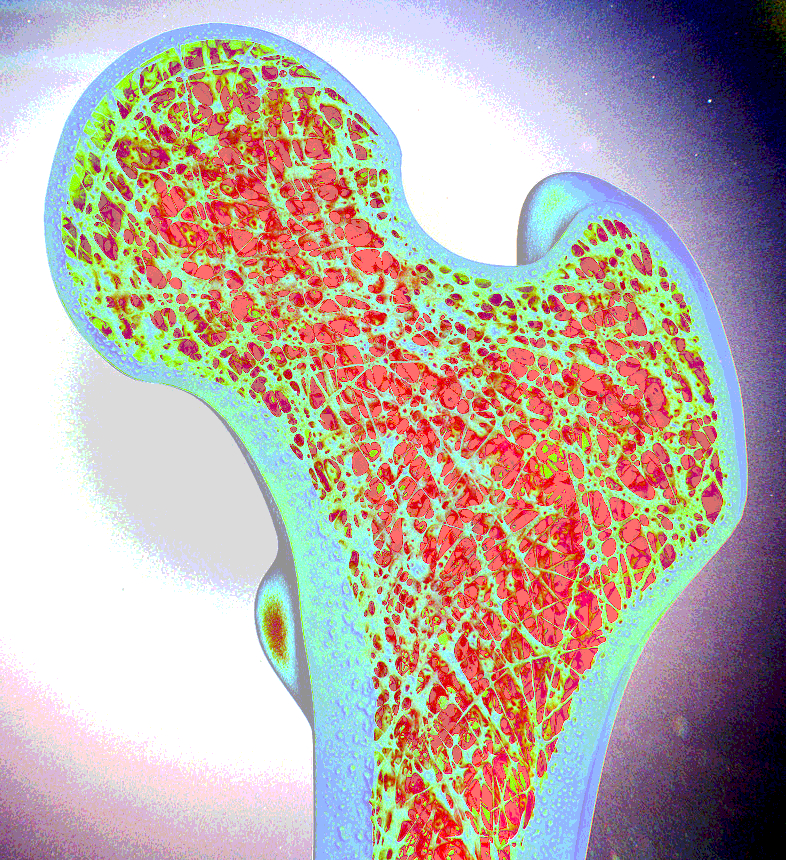Bone-printing technology honed
 Australian biomedical engineers are working on high-tech fabrics that mimic an ingenious natural material - the bone tissue periosteum.
Australian biomedical engineers are working on high-tech fabrics that mimic an ingenious natural material - the bone tissue periosteum.
Periosteum is a soft tissue sleeve that surrounds most bony surfaces in the body.
It is made of a complex arrangement of collagen, elastin and other structural proteins that gives it amazing resilience and provides bones with the ability to absorb high impact loads.
The local team has achieved proof of concept, and is now ready to produce fabric prototypes that they say could create exciting new materials for the medical, safety and transport sectors.
In fact, patents for the innovation are already pending in Australia, the United States and Europe.
Potential future applications include anything from protective suits that stiffen under high impact, to safer steel-belt radial tyres, and even ‘intelligent’ compression bandages that respond to the wearer’s movement.
The UNSW engineers for the first time mapped the complex tissue architectures of the periosteum, visualised them in 3D on a computer, scaled up the key components and produced prototypes using weaving loom technology.
“The result is a series of textile swatch prototypes that mimic periosteum’s smart stress-strain properties. We have also demonstrated the feasibility of using this technique to test other fibres to produce a whole range of new textiles,” said research leader Professor Melissa Knothe Tate.
The computer modelling allowed the researchers to scale up nature’s architectural patterns to weave periosteum-inspired, multidimensional fabrics using a state-of-the-art computer-controlled jacquard loom.
Interestingly, the loom is considered one of the world’s first programmable computer-like devices, first unveiled in 1801.
“The challenge with using collagen and elastin is their fibres... that are too small to fit into the loom. So we used elastic material that mimics elastin and silk that mimics collagen,” Professor Knothe Tate said.
In a first test of the scaled-up tissue weaving concept, a series of textile swatch prototypes were woven, using specific combinations of collagen and elastin in a twill pattern designed to mirror periosteum’s weave.
Mechanical testing of the swatches showed they exhibited similar properties found in periosteum’s natural collagen and elastin weave.
The team says one tyremaker has already proposed a titanium weave that could spawn a new generation of thinner, stronger and safer radials.
The UNSW team remains focused on the machine’s human potential.
“Our longer term goal is to weave biological tissues – essentially human body parts – in the lab to replace and repair our failing joints that reflect the biology, architecture and mechanical properties of the periosteum,” said first author and biomedical engineering PhD candidate, Joanna Ng.
An NHMRC development grant received in November should allow the team to develop and commercialise prototype bone implants for pre-clinical research, using the ‘smart’ technology, within three years.








 Print
Print